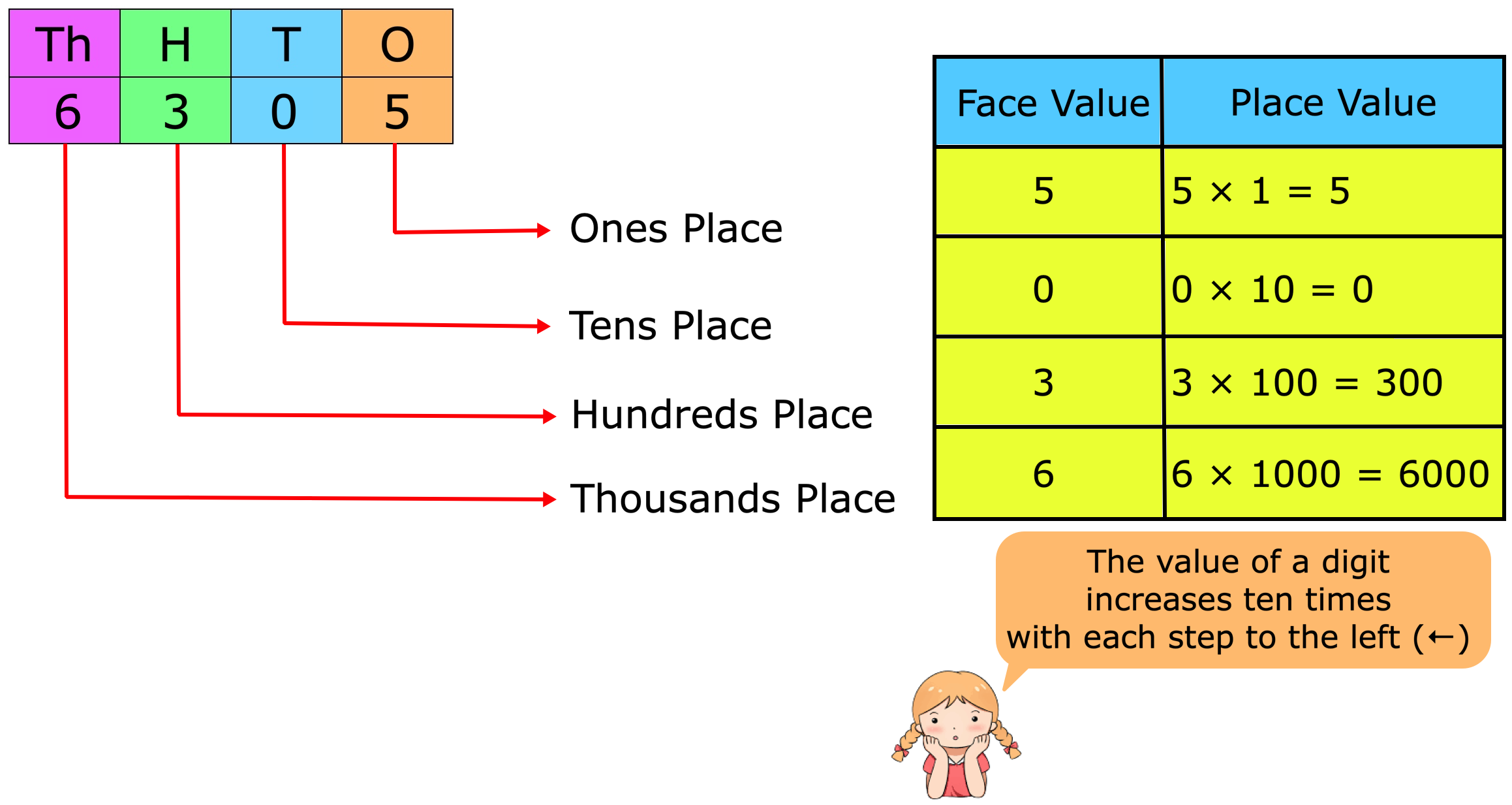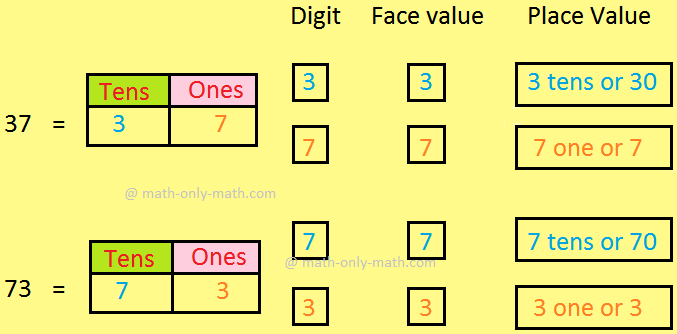Radix Complement
Radix Complement Representation:
In the decimal number system, the radix complement is the 10’s complement. In radix complement representation system, the complement of an n-digit number is obtained by subtracting the number from 10n.
Let us consider some examples of 3-digit numbers and their radix complement in decimal system.
Decimal Number948 607 155 735 |
Radix Complement52 393 845 265 |
br>From the above discussion we find that a subtraction operation is to be preformed to get the 10’s complement of a number, say, N. This subtraction operation can be avoided by rewriting 10n as (10n - 1) + 1 and 10n - N as {(10n - 1) - N} + 1. The number 10n - 1 is of the form 999...99 consisting of n digits. If the complement of a digit be defined as (9 - the concerned digit), then (10n - 1) - N is obtained by complementing the digits of N.
Therefore, the 10’s complement of the number N is obtained by subtracting each digit of the number from 9 and then adding 1 to the LSD of the number so formed.
For instance, the 10’s complement of 172 is (827 + 1) or 828 and that of 405 is (594 + 1) or 595.
For the binary number system the radix complement is the two’s complement. The 2’s complement of a binary number is obtained by subtracting each bit of the number from the radix diminished by 1 i.e. from (2 - 1) or 1 and adding an 1 to the LSB. The application of this rule is very simple. We have to just change 1 to 0 and 0 to 1 in every bit and then add 1 to the LSB of the number so formed. For example, the 2’s complement of the binary number 11011 is (00100 + 1) or 00101 and that of 10110 is (01001 + 1) or 01010.
If the number be in signed magnitude representation, it is positive if the MSB is 0 and negative if the MSB is 1. The decimal equivalent of a 2’s complement binary number, in the case of signed-magnitude representation, is computed in the same way as for an unsigned number except that the weight of the MSB is -2n-1 instead of +2n-1 for an n-bit binary number.
Let us observe some examples of 8-bit binary numbers and their 2’s complement are shown below:
Binary NumberSign bit 01101101Complement: 10010010 + 1 10010011 |
Decimal equivalent+ 109- 128 + 19 = -109 |
- Why Binary Numbers are Used
- Binary to Decimal Conversion
- Conversion of Numbers
- Hexa-decimal Number System
- Conversion of Binary Numbers to Octal or Hexa-decimal Numbers
- Octal and Hexa-Decimal Numbers
- Signed-magnitude Representation
- Radix Complement
- Diminished Radix Complement
- Arithmetic Operations of Binary Numbers
From Radix Complement Representation to HOME PAGE
Didn't find what you were looking for? Or want to know more information about Math Only Math. Use this Google Search to find what you need.
Recent Articles
-
Place Value and Face Value | Place and Face Value of Larger Number
Apr 13, 25 03:12 PM
The place value of a digit in a number is the value it holds to be at the place in the number. We know about the place value and face value of a digit and we will learn about it in details. We know th… -
Face Value and Place Value|Difference Between Place Value & Face Value
Apr 13, 25 03:07 PM
What is the difference between face value and place value of digits? Before we proceed to face value and place value let us recall the expanded form of a number. The face value of a digit is the digit… -
Place Value and Face Value | Basic Concept on Place Value | Face Value
Apr 13, 25 02:59 PM
Learn the easiest way to understand the basic concept on place value and face value in the second grade. Suppose we write a number in figures 435 in words we write four hundred thirty five. -
Expressing Place Value and Face Value | International & Indian System
Apr 13, 25 02:35 PM
We will learn expressing place value and face value of a digit in any number in International and Indian system. Place value: We know how to find out the place value of a digit in any number. -
5th Grade Decimals | Word Problem on Decimals | Concept of Decimals
Apr 13, 25 02:16 PM
A fractional number whose denominator is 10 or multiple of 10 is called a decimal. Every decimal has two parts whole number part and decimal part. These two parts are separated by a dot or point. This…





New! Comments
Have your say about what you just read! Leave me a comment in the box below. Ask a Question or Answer a Question.